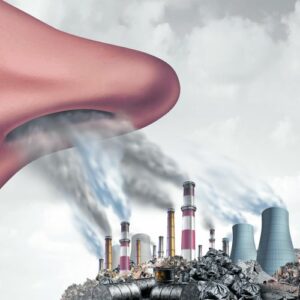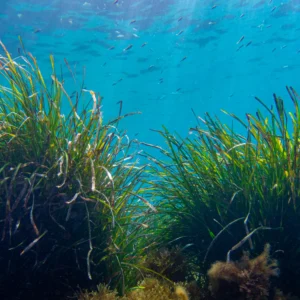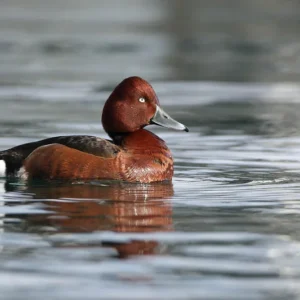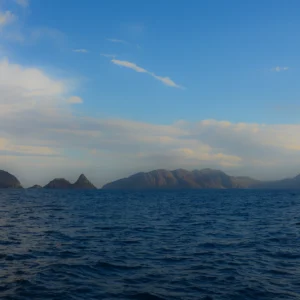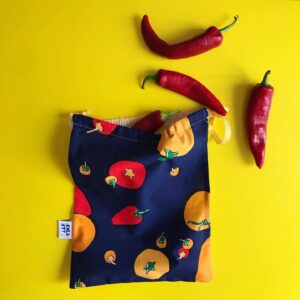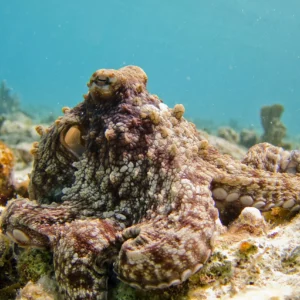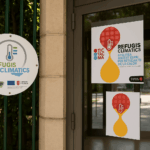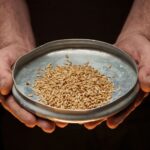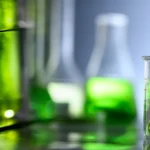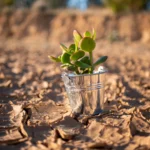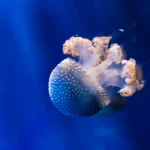Clamped necks, sheared fins, perforated intestines – this is what the fishermen of Monastir find every day in fish, sea turtles and dolphins. These animals are the victims of the tons of plastic thrown back into the sea every day. But this material doesn’t just invade the bodies of marine animals, it has also infiltrated our bodies, via fine particles ingested by edible fish products. According to François Galgani, eco-toxicology expert and oceanographer-biologist, these micro-plastics float at a rate of 250 to 500 billion particles on the surface of the Mediterranean Sea.
December 2022, Monastir
Artisanal fishing in Monastir: an endangered cultural and economic heritage
Ahmed Ghedira, President of the Notre Grand Bleu association, active in the protection of the marine environment in Monastir, has been warning of plastic pollution for ten years.
From the coast, tons of plastic end up in the Mediterranean. Sometimes these plastics, such as bags or straws, are used for less than 30 seconds, but will pollute the sea for hundreds of years.
Ahmed Ghedira
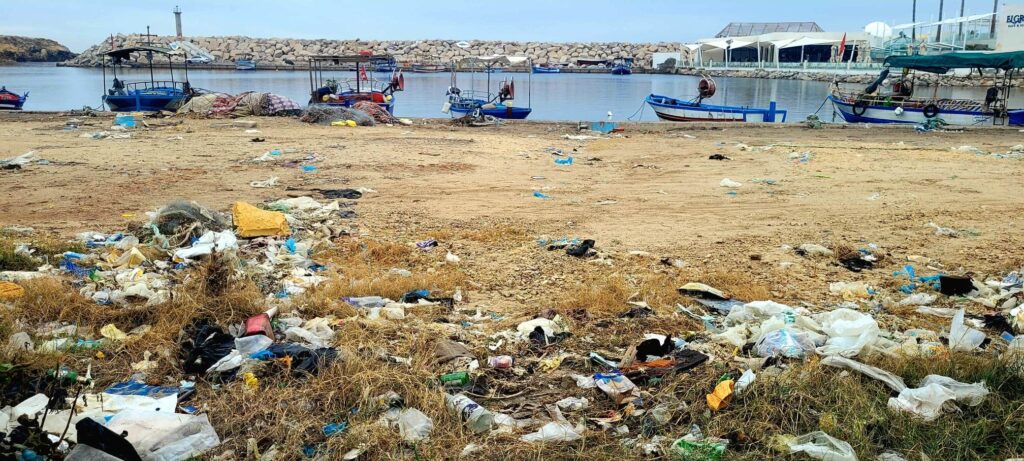
This pollution threatens one of the region’s most important economic activities. Fishermen’s nets are overflowing with waste. Oussama Makhlouf, a fisherman for 15 years, is distressed:
That in a single day, we come home with a 50-kilo bag completely filled with plastic waste: bags of all sizes, shoes, bottles, from Italy and Libya”.
Oussama Makhlouf
The same phenomenon is also observed by Taoufik Mehdoui, a fisherman since 1987, who confides with barely restrained bitterness.
I’ve been fishing for plastic more and more often in recent years. Two months ago, I found a giant bag full of bottles, mules, clothes and other garbage thrown into the sea by yachts. Even aquaculture farms are contributing to this pollution by throwing large rigid bags of fish feed into the sea.
T.Mehdoui
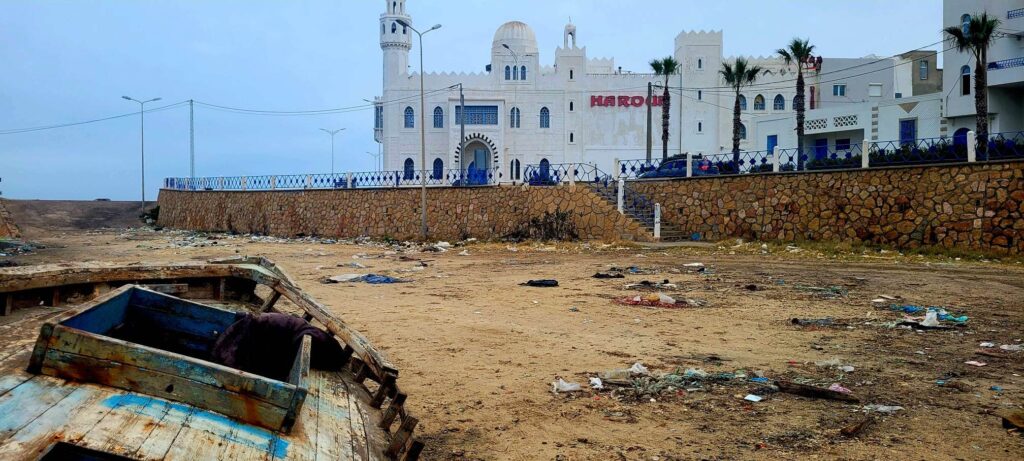
Plastic pollution is not only a daily inconvenience for fishermen, it also represents a double threat to small-scale fishing: on the one hand, plastic waste is ingested by marine animals, causing their death. On the other, it colonizes the habitats of marine animals. Bottles and cans that fill up with seawater, as well as tires, end up sinking to the bottom. They become trapped under rocks and between rocks. Marine organisms can no longer find shelter to reproduce, grow and hide. They flee in search of other habitats unoccupied by plastic far from the Tunisian coast. This partly explains the spectacular decline in fish stocks in recent years.
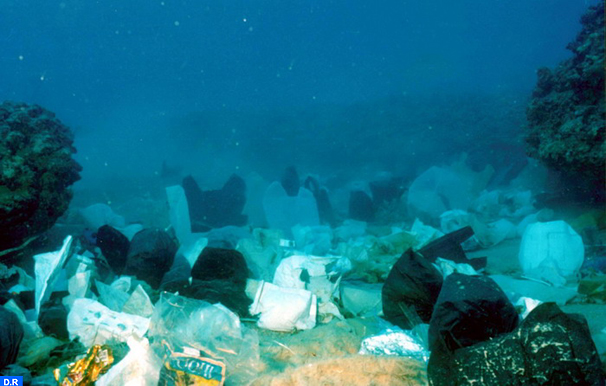
The sea has changed a lot because of plastic pollution, and we are the first victims. The amount of plastic we catch in our nets is greater than the amount of fish. The number of fish in our seas has fallen by 70%! A number of species have disappeared: Pageot royal, Denti, and many others. Many fishermen are fleeing the sea. I know seven who have sold their boats. They are no longer able to meet the costs of fishing.
T.Mehdoui
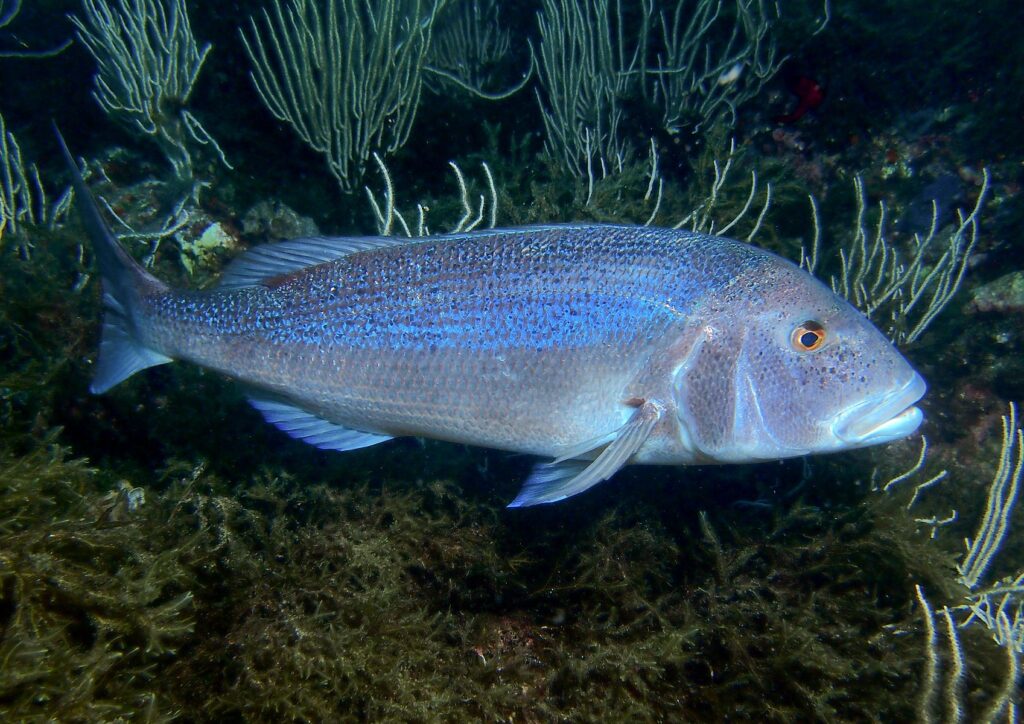
This exodus of fishermen and the decline in the quantity of fish traditionally caught in Monastir is also caused by an upheaval in biodiversity. Moving with the currents, macro-waste, particularly plastic waste, acts as a raft, transporting marine organisms thousands of kilometers from their original habitat, introducing invasive species that disrupt entire marine ecosystems.
The problem of plastic pollution is not only its chemical toxicity. Plastic waste brings with it exotic species. These create an imbalance in marine biodiversity, leading to real ecological disasters.”
According to Hela Jaziri, scientific assistant researcher at INSTM.
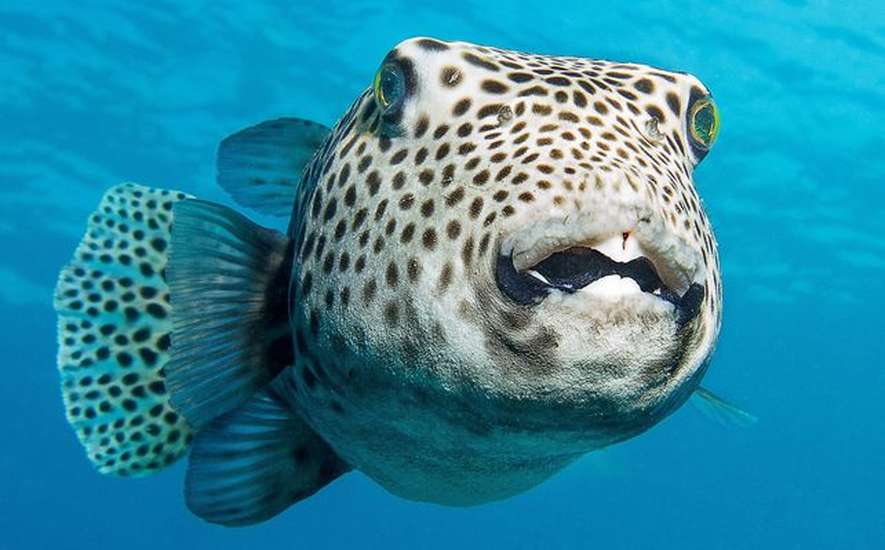
Plastic pollution: the other face of animal suffering
Plastic pollution not only threatens the livelihood of fishermen, it is also the cause of increasingly visible animal suffering. According to UNESCO, every year over a million seabirds and 100,000 mammals are strangled, suffocated, starved or mortally wounded by plastic waste. Abandoned or lost fishing gear continues to trap thousands of fish, turtles, birds and marine mammals. This phenomenon is known as “ghost fishing”. According to François Galgani, lost fishing gear is the main cause of death for large marine animals.

In Monastir, Ghedira warns of the extent of this phenomenon: “The real catastrophe lies in the plastic traps newly introduced into Tunisia! Every year, around 100,000 plastic traps are left at the bottom of Monastir Bay. They trap and kill numerous marine species, many of which are on the IUCN Red List of Threatened Species. We find plastic in 80% of the animals we strand and autopsy. We once found a turtle entangled in plastic nets, and it grew up in this state. Its shell was completely deformed.” He adds: “We also found baby sea turtles killed on the beach of Kuriat Island, the tiny turtles trapped in plastic nets and traps left on the beach. This phenomenon is not only observed in sea turtles, which swallow huge quantities of plastic bags, but also in gulls. Over 90% of gulls found dead were suffocated by plastic waste. .”
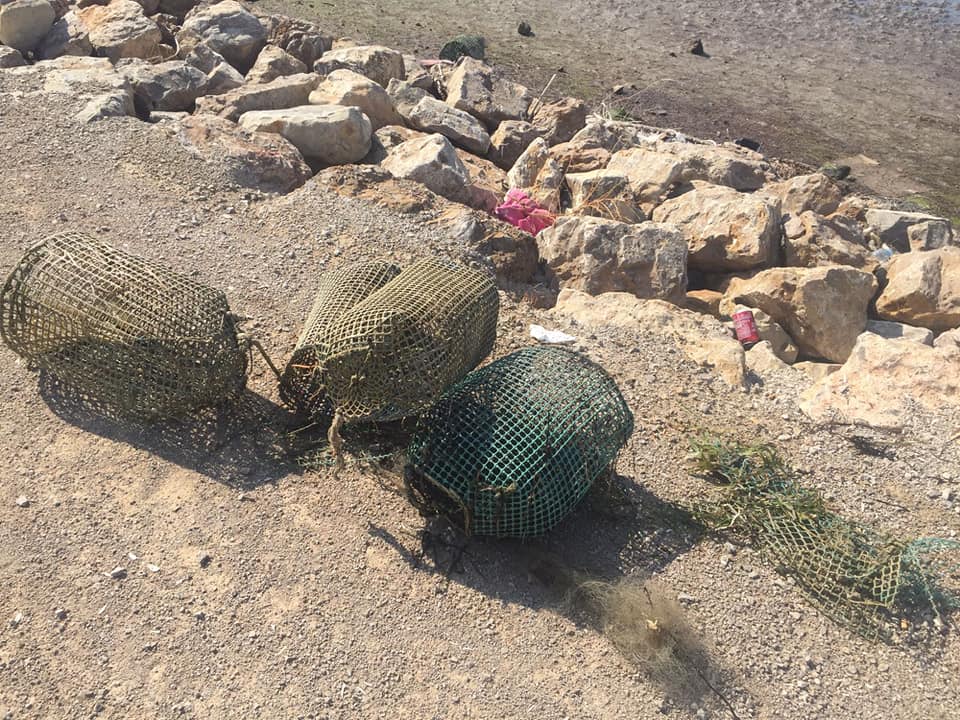
Microplastics: an invisible poison
The sea is home not only to macroplastic waste, but also to micro-plastics, which suffocate, irritate and poison, from the smallest marine species, such as zooplankton, to the largest, such as whales.
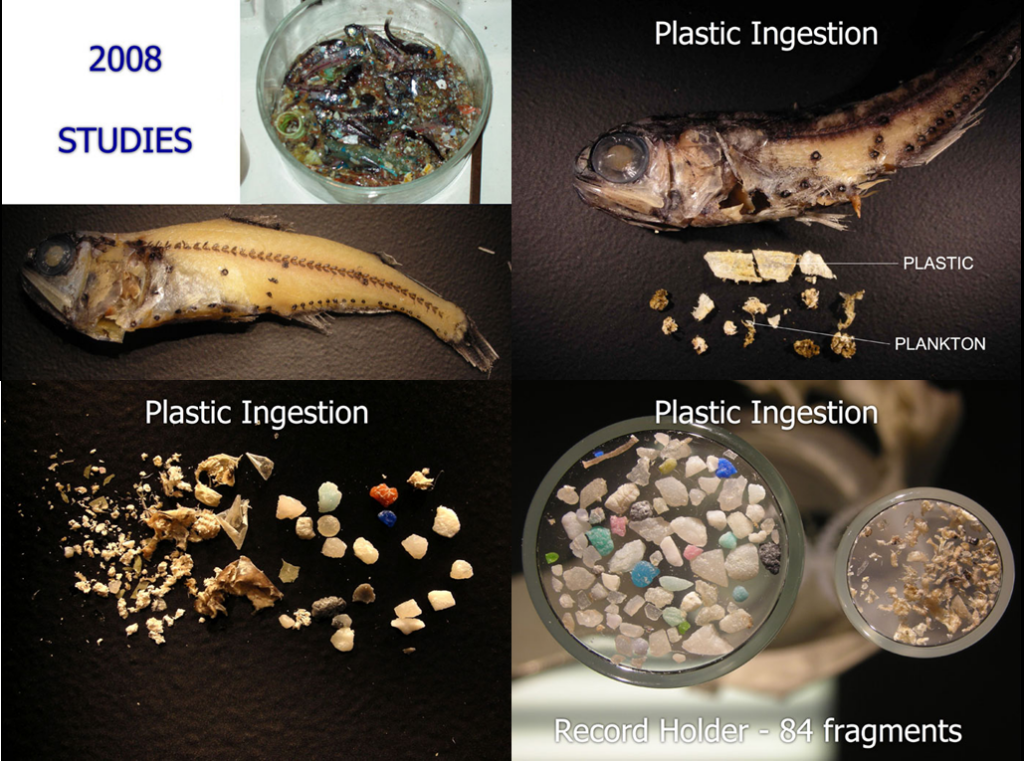
According to François Galgani, there are an estimated 24 billion micro-plastics floating on the surface of the oceans. These small particles, less than 5 mm in size, have two main origins. They may be microbeads, or primary micro-plastics used directly in the manufacture of plastic objects or cosmetics and hygiene products. These small particles also result from the degradation of plastic objects. This material takes several decades to decompose in nature. However, it can be fragmented quite rapidly by climatic factors: solar radiation, wind, ocean currents and friction accelerate the breakdown of macro-plastics into tiny fragments.
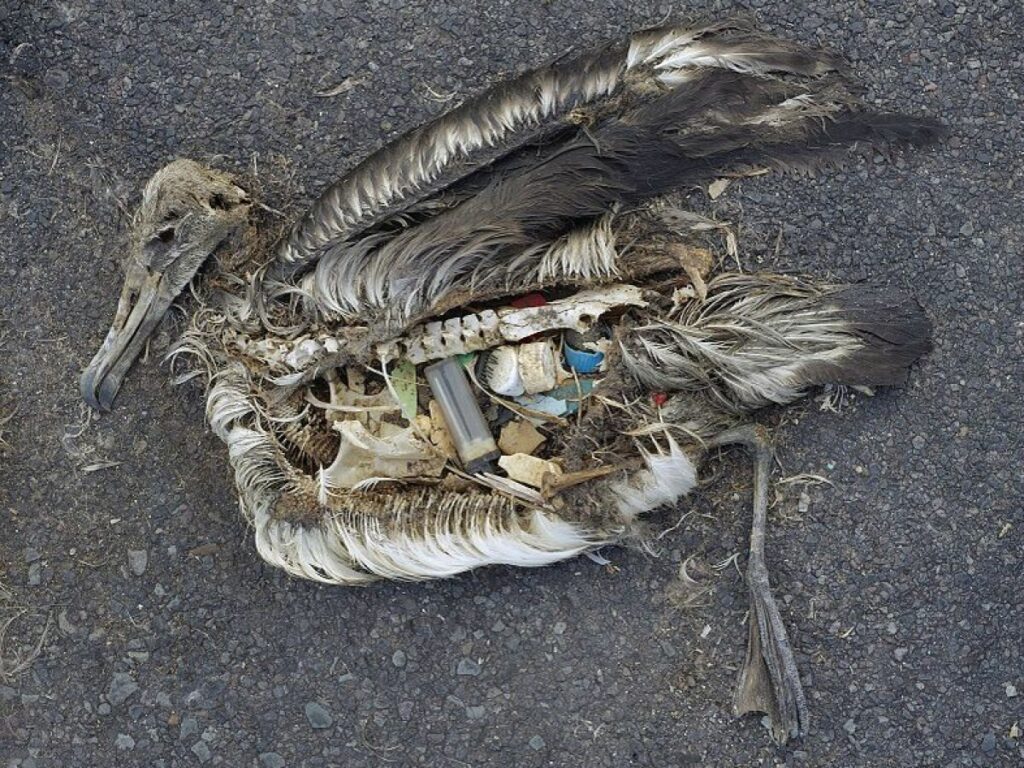
Monitoring of Monastir’s beaches has shown that the microplastics found come mainly from microbeads. These particles are considered more chemically dangerous. They are composed of synthetic and petroleum-based polymers, which can only be poisonous to nature and mankind. As for the beaches of El Karaia and Palm Beach, we have demonstrated that secondary microplastics come from straw fragments, bottles, cups, and also large aquaculture bags used to feed fish.
Revèle Hela Jaziri
These microplastics bind pathogens and chemical, metallic and organic contaminants. They accumulate in the food chain after ingestion by aquatic organisms, eventually causing infection, strangulation, internal injury and hormonal disruption. In this context, a study was carried out on the plastic pollution of commercial Serran fish written on the Tunisian coast (Bizerte, Hergla, Chott Mariem and Monastir) and the associated cellular alterations. It demonstrated the appearance of nanoplastics (particles smaller than 3 μm) in the gastrointestinal tract and muscle of this bentho-pelagic fish species.
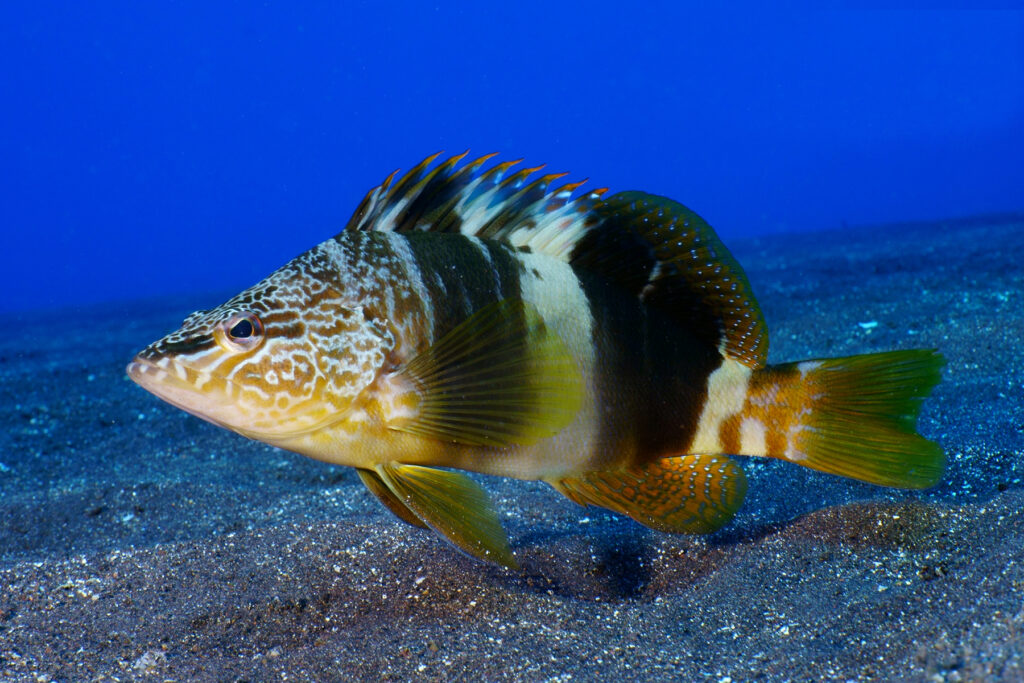
Citizens, fishermen and civil society: a collective awakening
Faced with the urgency of the damage caused by plastic pollution in Monastir, citizens, fishermen and associations are mobilizing. Makhlouf is proud to contribute to the collective effort in his own way.
My father and I are always clearing the harbour of garbage, sometimes even with our bare hands. Each time, we collect a whole mountain of trapped garbage.
O.Makhlouf
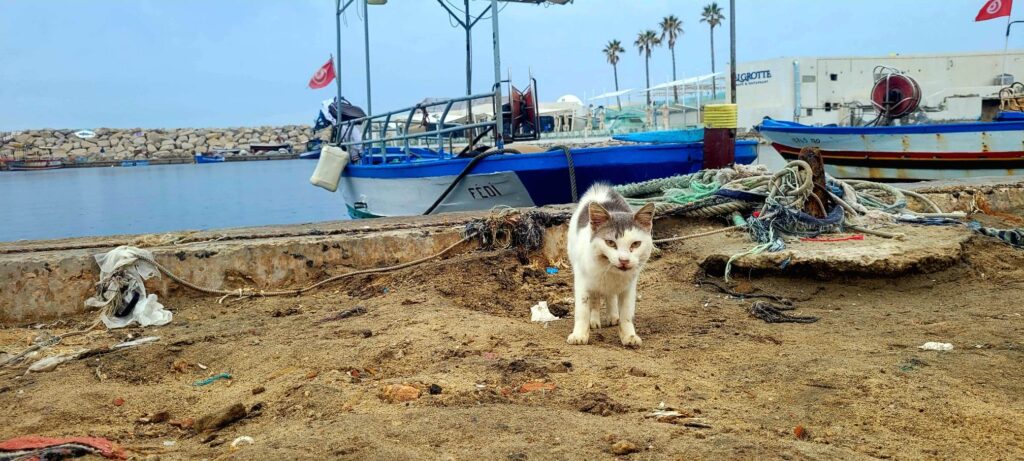
Civil society is also getting involved, with associations such as Notre Grand Bleu raising awareness of the risks that unbridled plastic consumption poses to the environment and human health, and applying the principles of the circular economy.
During our underwater waste collection campaigns, we came up with the idea of contacting associations that support people with disabilities. Using the plastic waste supplied by our association, the beneficiaries of these associations made some incredible products. These items were then marketed to contribute to the income of the beneficiaries.
Says A.Ghedira
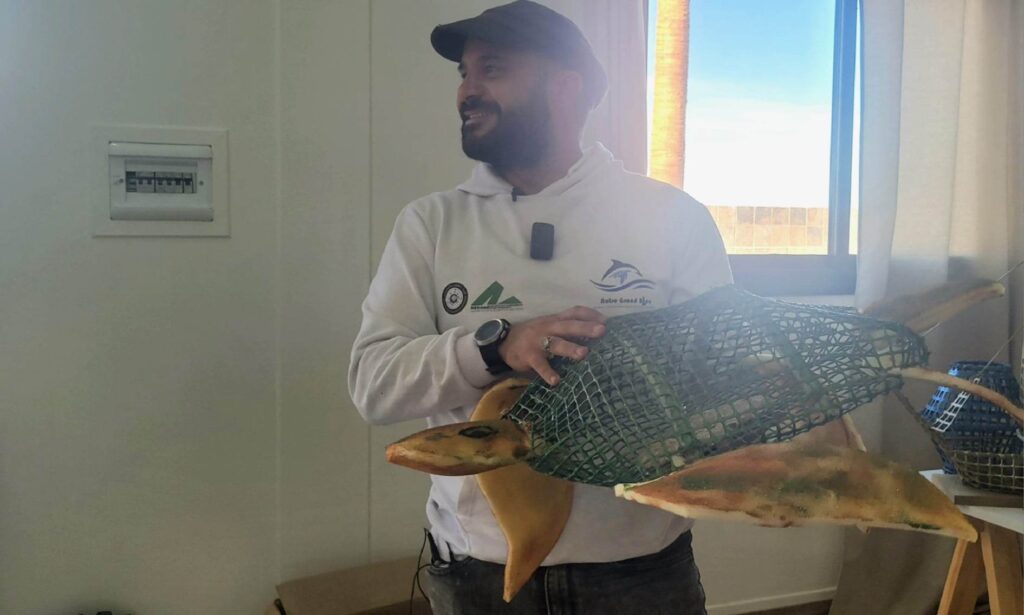
In addition to these local efforts, a further global effort will be needed to stem the consequences of plastic pollution. According to F. Galgani, “The Mediterranean Sea is the area most affected by plastic pollution for several reasons: it’s a closed basin, 30% of the world’s maritime traffic passes through it, and it’s the world’s leading tourist destination. It is also home to a population of nearly 300 million!”
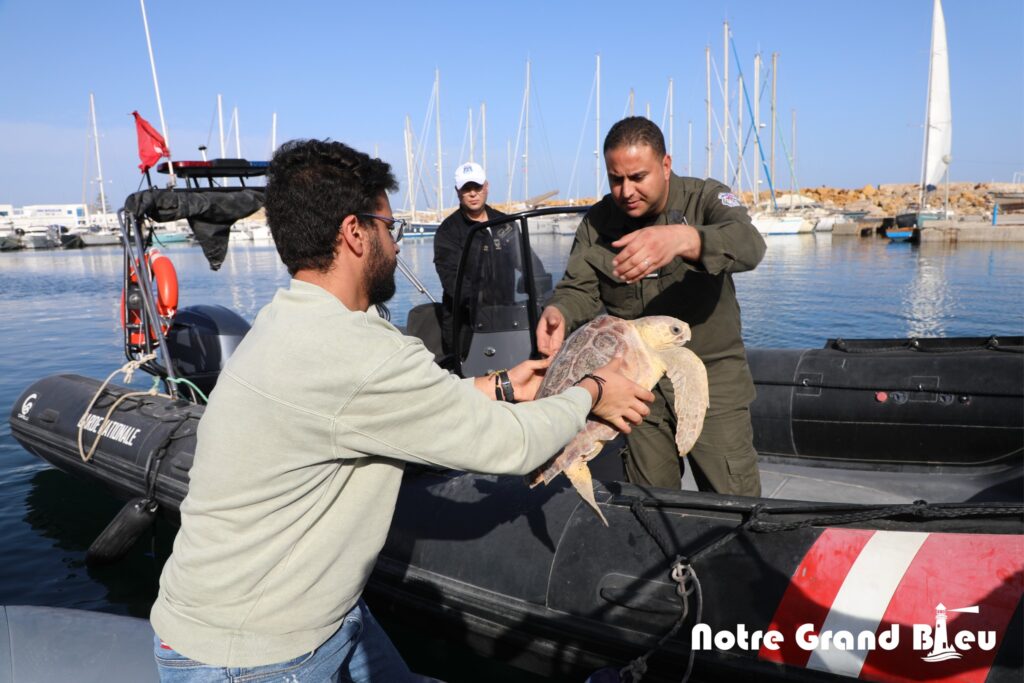
International cooperation, legal instruments forcing manufacturers to move away from over-packaging, individual behaviors adopting responsible, reasoned consumption – the road to a plastic-free Mediterranean basin is still a long one. From one-off curative solutions to preventive alternatives for reducing the amount of plastic choking our seas, this is what François Galgani develops further in the following video interview.
This article was developed in collaboration with the Earth Journalism Media Mediterranean Initiative.
Sources:
Zitouni, N., Bousserrhine, N., Belbekhouche, S., Missawi, O., Alphonse, V., Boughatass, I. & Banni, M. (2020). First report on the presence of small microplastics (≤ 3 μm) in tissue of the commercial fish Serranus scriba (Linnaeus. 1758) from Tunisian coasts and associated cellular alterations. Environmental Pollution, 263, 114576. https://doi.org/10.1016/j.envpol.2020.114576
Copyright © 2022 Blue Tunisia. All rights reserved

